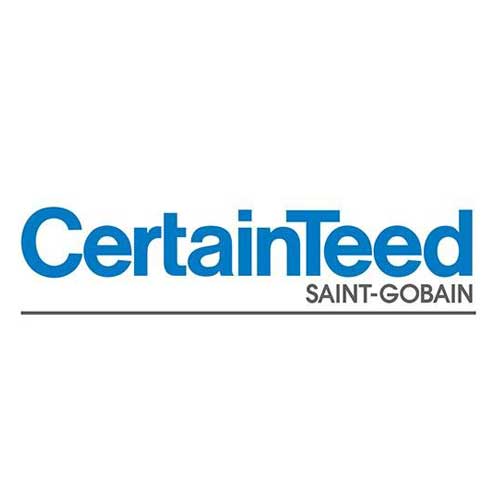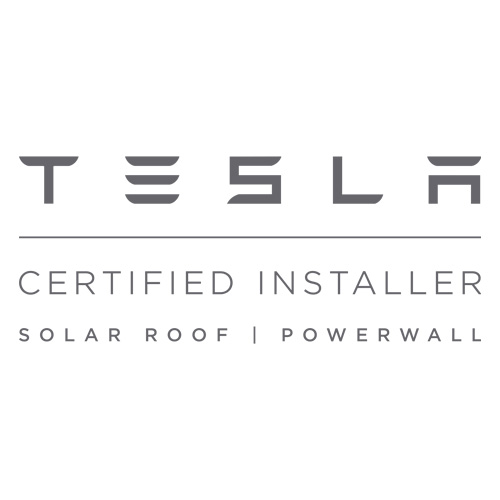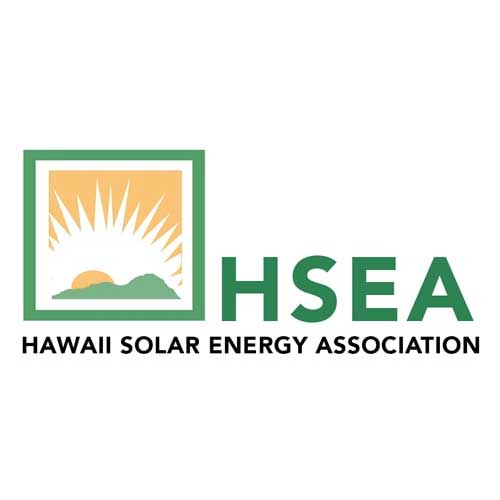What Are The Disadvantages Of Having Solar Panels On Your Roof?
In this blog post, we’re going to discuss the disadvantages of solar power. We’ll look at what the biggest problem with solar panels is, what the disadvantages of solar power are, and how solar power can negatively impact the environment. By the end of this post, you will know all the facts about solar panels and their disadvantages. So, if you’re thinking about installing solar panels on your roof, make sure to read this post first.
What Are The Disadvantages Of Solar Power?
If you’re considering solar power, there are a few things to keep in mind. First, solar panels can be expensive to install. Not only do you need to purchase the panels themselves, but you also need to pay for installation. Depending on where you live, this can be quite a cost. Second, you will need to have a south-facing roof if you want to reap the benefits of solar power. This is because the sun’s rays hit the earth’s surface at an angle, and they are strongest here. Finally, solar panels can be unsightly – especially if they’re on your roof – so it’s important to choose ones that look good from the ground up.
Beyond aesthetics, another consideration when installing solar panels is maintenance. You will need to check them for signs of wear or damage every year or so and make any necessary repairs. In addition, solar panels will reduce your home’s resale value – so make sure that this is something that is acceptable before investing in them! Lastly, solar power can cause problems with your insurance coverage if it’s not properly installed or maintained. So make sure that you consult with your insurance company before making any decisions about installing solar power!
Potential Hazards Of Solar Panels On Your Roof
Having solar panels installed on your roof is a great way to reduce your carbon footprint and help you save money on your energy bills. However, there are a few potential disadvantages to consider before making the decision to go solar. Below, we’ll outline some of the main hazards that you need to be aware of before installing solar panels on your home.
The installation process is often intrusive and expensive, which can be a major deterrent for some people. Additionally, solar panels are often installed on roofs, which can be a potential hazard. This is because roofs are high-traffic areas that are susceptible to accidents. In fact, there have been cases where solar panels have caused fires by falling onto homes or trapping people inside.
Solar panels can also be damaged by severe weather conditions like hurricanes or tornadoes. Furthermore, heavy rains can cause water infiltration into the cells of the solar panel, which can damage them irreparably. Finally, solar panels can be stolen – whether during the installation process or afterwards – which can lead to financial losses for homeowners.
Solar panels also often have a negative impact on the appearance of a home when they’re installed incorrectly or in an unbalanced manner. They can overwhelm surrounding architecture with their bulkiness and take up a lot of space that could otherwise be used for other purposes in your home.
Solar Power Is Unreliable
One major issue with solar power is its intermittent nature. This means the electricity generated by photovoltaic (PV) cells can fluctuate depending on cloud coverage, sunlight intensity and other local weather conditions. While this isn’t dangerous in most cases, it could pose a significant challenge for critical applications such as medical facilities or emergency services. Additionally, homes or businesses relying on solar can experience blackouts if they don’t have backup storage systems in place to account for days with little sunlight.
Another reliability issue lies in the design of PV cells themselves which are prone to degradation over time due to temperature fluctuations and exposure to UV light. This means that after a certain period of time—often around 25 years—the panels will produce less energy than they did when new. In some cases, this could even result in complete failure if not managed and maintained properly.
Finally, solar energy also requires a considerable amount of land (or rooftop space) for installation of large arrays of panels in order to generate sufficient amounts of electricity. This means that rural or remote locations may not be suitable for relying entirely on solar power since there may simply not be enough available space for the number of panels needed to meet their energy needs. Similarly, residential installations are limited by roof size restrictions so larger buildings may have difficulty meeting their requirements through solar alone without additional storage capacity or battery backup systems.
Solar Power Is Expensive
To begin with, it is important to note that the upfront costs associated with installing a solar system can be quite high. Depending on the size of your property and current energy needs, you may need to purchase multiple large photovoltaic (PV) panels along with sophisticated inverters and batteries for storage. This equipment can range from several hundred dollars to thousands of dollars depending on how much electricity you are looking to generate from your system. Furthermore, installation costs can also add a significant chunk of change onto the total price tag. Professional installation often requires specialized skills and expertise, which means hiring a professional installer may be necessary – all adding to the overall cost of going solar.
The most costly part of making an investment in solar power however is not necessarily what you pay up front but rather the associated long-term costs associated with generating the electricity itself. Solar energy is not always available due to unfavorable weather conditions or periods of darkness during certain months or seasons; as such there may be times when other sources of energy must be used as backup or as an alternative altogether if no sunlight is available during peak hours. The ongoing cost associated with storing or backing up this energy must also be taken into consideration when assessing how expensive going solar actually is – especially since utility companies often charge more for stored electricity than they do for electricity generated directly from their grid networks.
Additionally, there exist numerous tax credits and subsidies designed to make going solar more attractive; however these are only applicable in certain parts of the country – meaning even if you financially qualify for them in one area it may not apply where you live.. For example, many states have renewable portfolio standards that require utility companies to generate a percentage of their electricity from renewable sources like solar – but these rules vary greatly across different areas; meaning some places are more inclined towards supporting solar projects than others making investments here potentially less expensive than elsewhere where no such incentives exist.
Solar Power Requires A Lot Of Maintenance
In terms of physical maintenance, solar panels require periodic cleaning to ensure that they are capturing maximum sunlight and producing enough energy. Dust and debris can accumulate on panels over time which blocks out some of the sunshine, reducing efficiency and output. Cleaning your solar array annually is recommended as part of routine maintenance. Additionally, monitoring for any signs of damage or wear-and-tear is important in order to prevent costly repairs or replacements in the future.
Another component of solar panel maintenance is ensuring that all electrical connections are secure and free from corrosion or other damage. Solar panels must be connected to an inverter which converts the DC (direct current) power produced by the cells into AC (alternating current) which can be used in your home or business. Over time these connections may become loose due to high winds or other environmental factors, which must be inspected regularly so they do not cause any problems with system performance.
It’s also important to note that while solar arrays may last up to 25 years with minimal maintenance requirements, they will eventually need to be replaced due to age and exposure to weather conditions such as hail storms or snowfall that can cause extensive damage over time. In addition, new technologies in photovoltaic cells have improved efficiency significantly over time making it worthwhile for homeowners who invested in older technology systems to upgrade their equipment for maximum performance gains with minimal additional investment costs.
Solar Power Takes Up A Lot Of Space
When we talk about solar power, what we really mean is photovoltaic systems or PV systems. These are essentially arrays of solar cells that are connected together to create electricity directly from sunlight. PV systems are typically made up of panels composed of multiple photovoltaic cells which convert light directly into electrical current. The amount of electricity generated depends on how much sunlight reaches the panel, so their efficiency can be increased by using larger panels with increased surface area or placing them in locations where they receive more direct sunlight throughout the day.
The downside to using solar power is that it requires large amounts of land or rooftop space to install enough PV panels for it to be effective as an energy source. This means that depending on your location, you may need hundreds or even thousands of acres in order to generate enough electricity for your needs. And if you’re trying to install an array on your rooftop, you may have limited space due to other structures on your property such as antennas, trees and other obstacles blocking the sun’s rays from reaching your home’s photovoltaic system.
As cities continue to grow in size and population density increases, finding enough available space for large-scale solar installations becomes increasingly difficult. Furthermore, many cities have zoning restrictions or homeowner associations that prohibit residents from installing large items like PV arrays on their rooftops due to aesthetic concerns or safety risks associated with having structural support elements protruding from their homes’ roofs. As a result, these restrictions can significantly limit homeowners’ options when it comes to installing solar panels in urban environments.
Solar Power Has A Negative Impact On The Environment
The primary environmental impact of solar power is related to the production and installation of photovoltaic panels. The manufacturing process requires large amounts of energy and causes air pollution, including emissions of nitrogen oxides, hydrocarbons, carbon monoxide, lead and arsenic. Solar panel installation also requires a considerable amount of land which could otherwise be used for agricultural or natural purposes. Furthermore, due to their size and weight, solar panels must usually be transported by truck or airplane, resulting in further fuel consumption and associated emissions.
Another environmental issue related to solar power is waste disposal. Solar panels are made up of several components such as silicon wafers, glass sheets, plastics and metals which all have to be disposed off when the panel reaches its end-of-life period (typically between 15-25 years). This creates a significant amount of e-waste that needs to be managed safely in order to protect human health and the environment from contamination by hazardous materials such as lead or cadmium present in these products.
In addition to issues related to production and disposal, solar power can also have indirect impacts on the environment through its effect on wildlife. For example, extensive deployment of large-scale photovoltaic systems can alter local climate conditions which could disrupt ecosystems with potential impacts on species’ populations. Research suggests that birds are particularly sensitive to this type of disturbance due to their high mobility; they may be attracted by the reflective surfaces but then become disoriented at night when there is no light reflecting off them anymore. This can lead to collisions with other structures or increased mortality rates due to exhaustion after numerous unsuccessful attempts at finding shelter during darkness hours. Similarly, insects have been found dead at certain panels due to overheating caused by darkening effects during sunny days reducing photosynthesis rates in plants growing below photovoltaic arrays leading to reduced biodiversity in those areas.
In Short
Overall then, while having solar panels installed on your roof offers many advantages such as lower energy bills, increased energy efficiency and improved property value it also comes with some significant disadvantages including high installation costs, limited space availability (especially in urban locations), varying degrees of effectiveness due to changing weather conditions/seasonal differences and aesthetic concerns around how they look when installed externally. For these reasons therefore it’s important to weigh up all considerations carefully before making a decision whether to install them or not – particularly bearing in mind that once installed they cannot easily be removed should problems arise later down the line!









